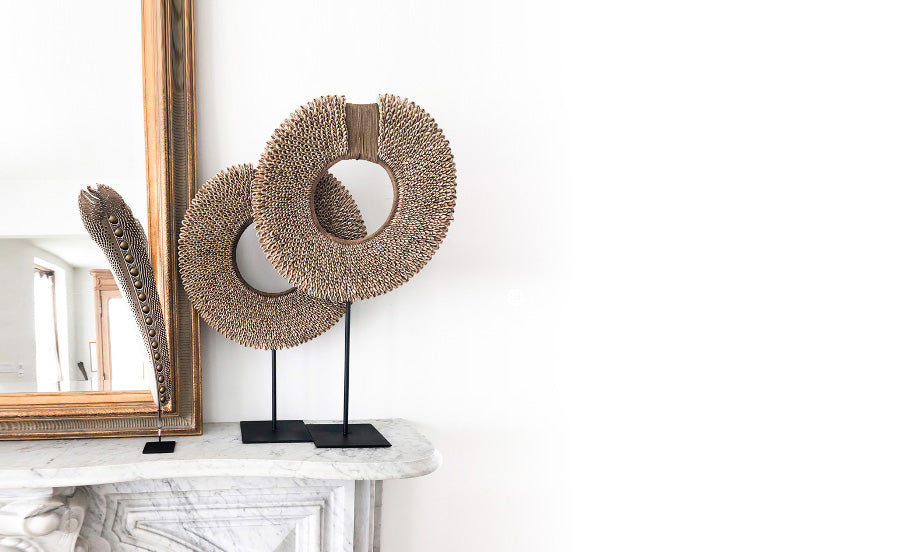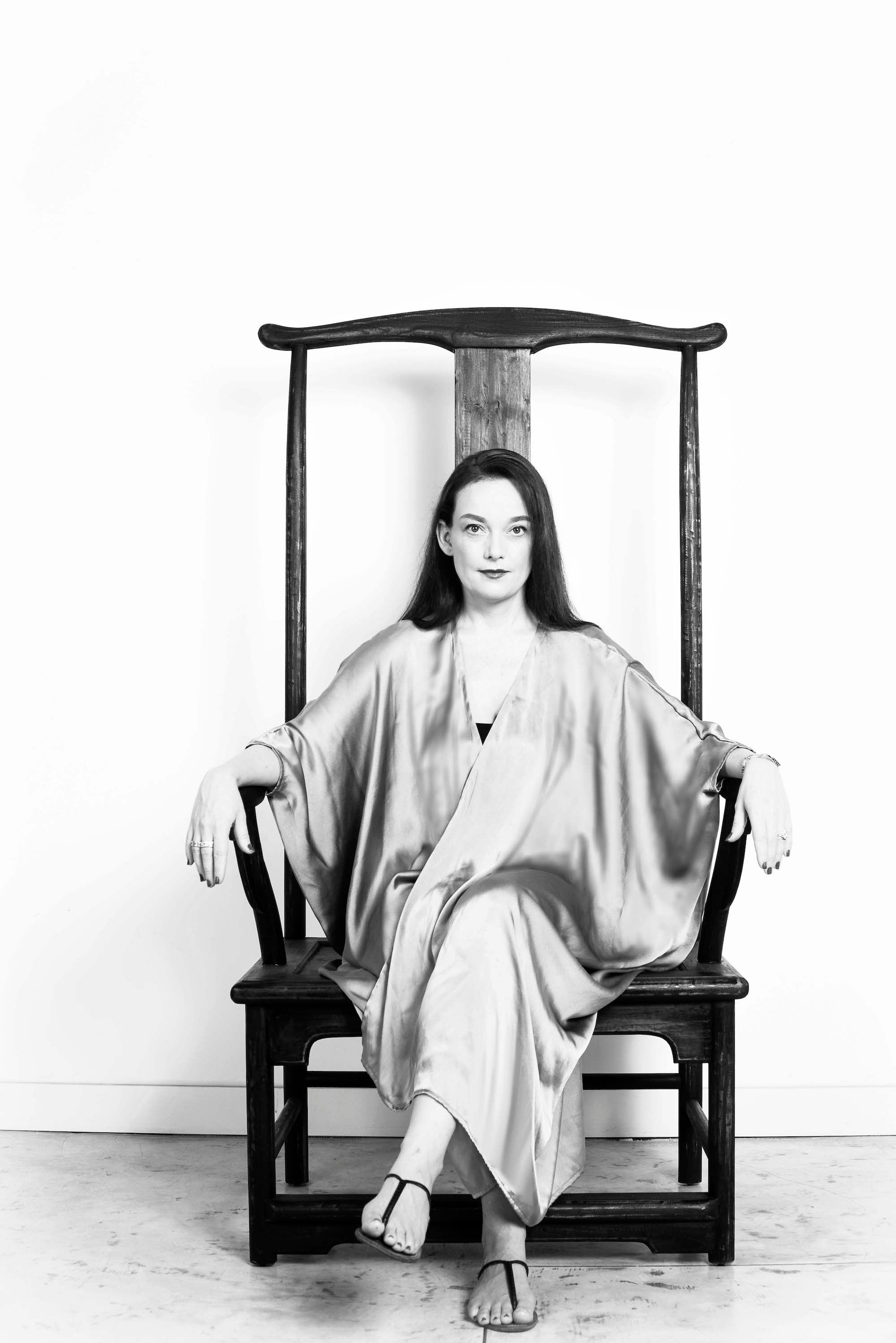
Papua's tribal jewelry: where tradition meets contemporary elegance

Tribal jewelry from Papua is a true treasure of intricate designs and symbolic meaning. Made by hand using natural materials such as shells, seeds, bones, and teeth, the jewelry showcases the skill and patience of the Papua people. The designs often incorporate natural elements and hold a spiritual or ceremonial significance for the tribe.
The traditional jewelry-making techniques have been passed down through generations, making each piece a true one-of-a-kind creation. Many of the designs and motifs used in Papua jewelry carry deep cultural and historical meanings.
With its unique designs and symbolic significance, tribal jewelry from Papua is highly sought after by collectors and is making a mark in the fashion and art world. It's a meaningful addition to any collection and an excellent way to own a piece of the rich culture and history of Papua.
Among the most iconic pieces of jewelry from the island are Cowrie shell necklaces that have been worn by the Papua people for centuries. The cowrie shell is a small, glossy shell that is typically white or cream-colored. These shells were highly valued by the Papua people for their beauty and rarity, and were often used to make jewelry and other decorative items.
Cowrie shell necklaces were worn for both ceremonial and practical purposes. They were often given as gifts to mark important occasions or to signify a special relationship. The shells were also used as a form of currency, and were often exchanged as payment for goods or services. Their round outside shape symbolize the universe, while the circular hole in the center is a symbol of the opening to eternal life. They are believed to bring the wearer a happy life and protection.
In recent times, cowrie shell jewelry has seen a resurgence in popularity, not only among Papua's people but also in the art, interior and fashion world as it's seen as an exotic and beautiful accessory that's increasing in value over time.
Cardiidae and abalone shells are both types of marine shells that are often used in traditional jewelry making in Papua and highly prized for their beauty and rarity. Cardiidae shells, also known as cockle shells, are characterized by their rounded shape and ribbed exterior. They were also used in traditional ceremonies and have a symbolic meaning of wealth and love.
Abalone shells, on the other hand, are known for their iridescent, colorful appearance, and have been used to make jewelry for centuries. The shells are often used to make earrings, bracelets, and necklaces. Like the Cardiidae, they are said to symbolize wealth and love but also the ocean and its associated qualities, such as strength and tranquility.
Both Cardiidae and Abalone shells have been used as forms of currency, and also as trade items. They were often used to mark important occasions or to signify a special relationship.
In our Web-Shop at kirschon.com and in our Showroom in Dizzasco on Lake Como you'll find an exclusive selection of Tribal Jewelry and Adornment, crafted by local artisans as per ancient techniques. Enjoy free shipping to most European countries and Tax Free rates to locations outside of the EU!
For any questions or inquiries don't hesitate to contact us at info@kirschon.com or by phone/whatsapp at: +39 331 9632422







Leave a comment
This site is protected by hCaptcha and the hCaptcha Privacy Policy and Terms of Service apply.